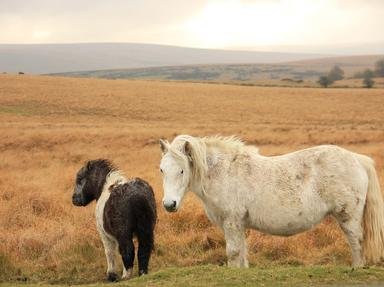Quiz Answer Key and Fun Facts
1. Which is the national animal of Wales? Hint: some people maintain it's a mythical beast.
2. This magnificent bird of prey was driven to the very brink of extinction in Britain in the 19th century. By the early 20th, only about three pairs were left, and they were confined to a small area of mid-Wales. Which bird is this?
3. Mochyn daear is the standard Welsh name for which common Welsh animal?
4. What links King Arthur with a small bird of prey found in Wales?
5. Llyn Tegid, near Bala in Meirionydd, is famous for three creatures which live in it, two of which are unique to the lake. One is a fish but what is its name?
6. Which word means both the species name for a small bird of prey and a popular table football game?
7. Only a few populations of this mammal survive in Wales, the majority having been killed by an invasive American species. It lives a largely arboreal existence and eats nuts and seeds.
8. This canid is red in colour and used to be hunted with dogs for sport before the practice was outlawed.
9. This small mammal is thought to have been introduced by the Romans, who regarded it as a great delicacy. It was immortalised by Lewis Carol.
10. All of these animals have been declared extinct in Wales but one species has recently been rediscovered. Which one?
Source: Author
Gwyddno
This quiz was reviewed by FunTrivia editor
crisw before going online.
Any errors found in FunTrivia content are routinely corrected through our feedback system.

